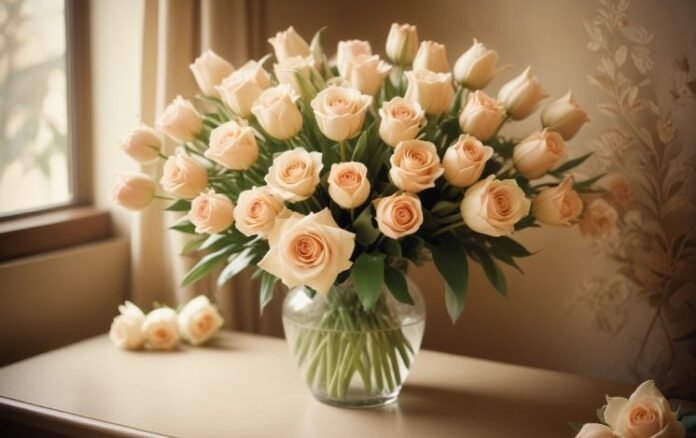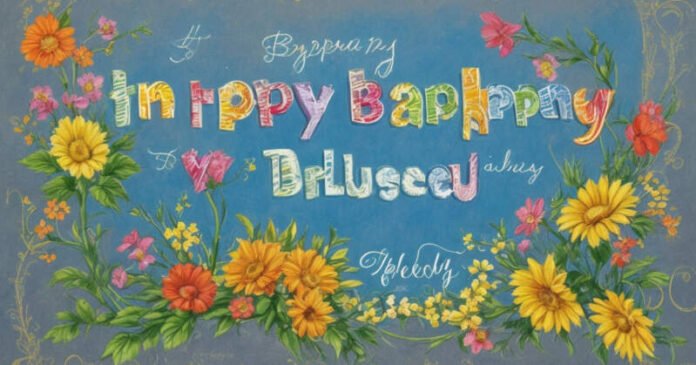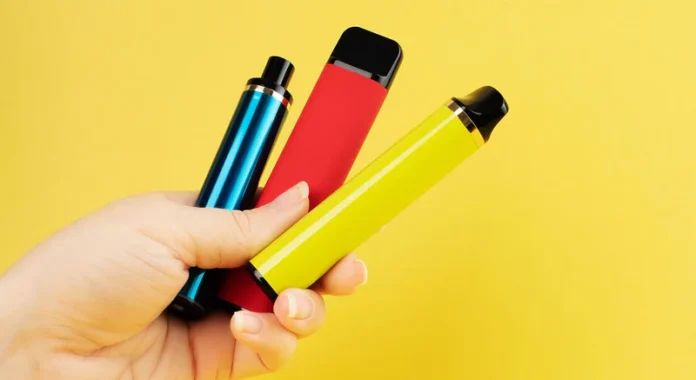Turkey is a country rich in history, culture, and art. From its stunning architecture to its flavorful cuisine, Turkey has a unique and diverse culture that has been shaped by its location at the crossroads of Europe and Asia. One of the most prominent aspects of Turkish culture is its art, which has been influenced by various civilizations throughout history. In this article, we will explore the art of Evırı, a traditional Turkish weaving technique that has been passed down through generations and continues to be an important part of Turkish culture today.
The History of Evırı
A Tradition Passed Down Through Generations
Evırı, also known as “Ebru” or “Turkish marbling”, is a traditional Turkish art form that involves creating intricate patterns on paper or fabric using water and paint. This technique has been practiced in Turkey for centuries and has been passed down through generations of artists.
The origins of Evırı can be traced back to the 15th century, during the Ottoman Empire. It is said that the technique was first used to decorate the edges of books and manuscripts, and later evolved into a standalone art form. Over time, Evırı became a popular art form in Turkey, with artists using it to create beautiful designs on various objects such as tiles, ceramics, and fabrics.
Influences from Different Civilizations
The art of Evırı has been influenced by various civilizations throughout history. The Ottomans, who ruled Turkey for over 600 years, played a significant role in the development of this art form. They brought in techniques from other cultures, such as Chinese and Persian marbling, and incorporated them into Evırı.
The Seljuk Turks, who ruled Anatolia before the Ottomans, also had an impact on the art of Evırı. They introduced the use of natural dyes, which gave the patterns a more vibrant and organic look. The Byzantine Empire, which had a strong presence in Turkey, also influenced the art of Evırı with its use of gold and silver in marbling.
The Process of Evırı
Materials Used in Evırı
The art of Evırı requires a few essential materials, including a tray of water, paint, and a comb-like tool called a “tezhip”. The tray is filled with water, and the paint is carefully dropped onto the surface of the water. The tezhip is then used to create intricate patterns by dragging the paint across the surface of the water.
Traditionally, natural dyes were used in Evırı, such as indigo, saffron, and madder. However, modern artists also use synthetic dyes to achieve a wider range of colors.
The Technique of Evırı
The technique of Evırı involves creating patterns on the surface of the water, which are then transferred onto paper or fabric. The artist starts by dropping the paint onto the surface of the water, creating a thin layer of color. They then use the tezhip to create intricate patterns by dragging the paint across the surface of the water.
The patterns created in Evırı are often symmetrical and resemble the patterns found in nature, such as flowers, leaves, and waves. The artist can also use different tools, such as a brush or a needle, to create more detailed patterns.
Once the pattern is complete, the paper or fabric is carefully placed on top of the water, and the paint is transferred onto the surface. The result is a unique and beautiful design that cannot be replicated.
The Significance of Evırı in Turkish Culture
A Symbol of Unity
Evırı is not just a form of art in Turkish culture; it is also a symbol of unity. The intricate patterns created in Evırı represent the coming together of different cultures and civilizations, which have influenced the art form over the centuries. This art form is a reminder of the diversity and richness of Turkish culture and serves as a unifying force for the people of Turkey.
A Reflection of Turkish Identity
Evırı is deeply ingrained in Turkish culture and is considered a reflection of the Turkish identity. The patterns and colors used in Evırı are often inspired by the natural beauty of Turkey, such as the blue of the sea and the green of the forests. This art form is a way for Turkish artists to express their love for their country and their pride in their heritage.
The Future of Evırı
Preserving a Traditional Art Form
In recent years, there has been a renewed interest in traditional Turkish art forms, includingEvırı. This has led to a resurgence in the popularity of Evırı, with more and more artists learning and practicing this art form.
The Turkish government has also taken steps to preserve and promote Evırıby organizing workshops and exhibitions to showcase the beauty and significance of this art form. This has not only helped to keep the tradition alive but has also brought attention to the talented artists who continue to practice Evırı.
Evırı in Modern Times
While Evırı is deeply rooted in tradition, it has also evolved with the times. Modern artists have found new ways to incorporate Evırıinto their work, such as using it to create unique designs on clothing and accessories. This has helped to make Evırımore accessible to a wider audience and has brought this traditional art form into the modern world.
Conclusion
Evırı is a beautiful and intricate art form that has been an important part of Turkish culture for centuries. It is a symbol of unity, a reflection of Turkish identity, and a reminder of the rich history and diversity of Turkey. As this traditional art form continues to evolve and adapt to modern times, it will undoubtedly remain an integral part of Turkish culture for generations to come.
For more information, visit: Apzo Media








